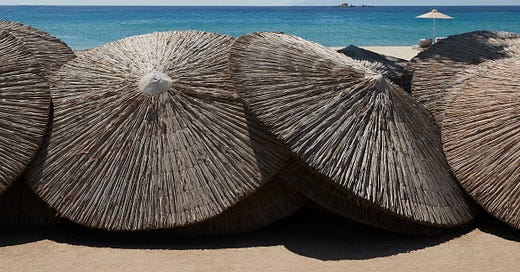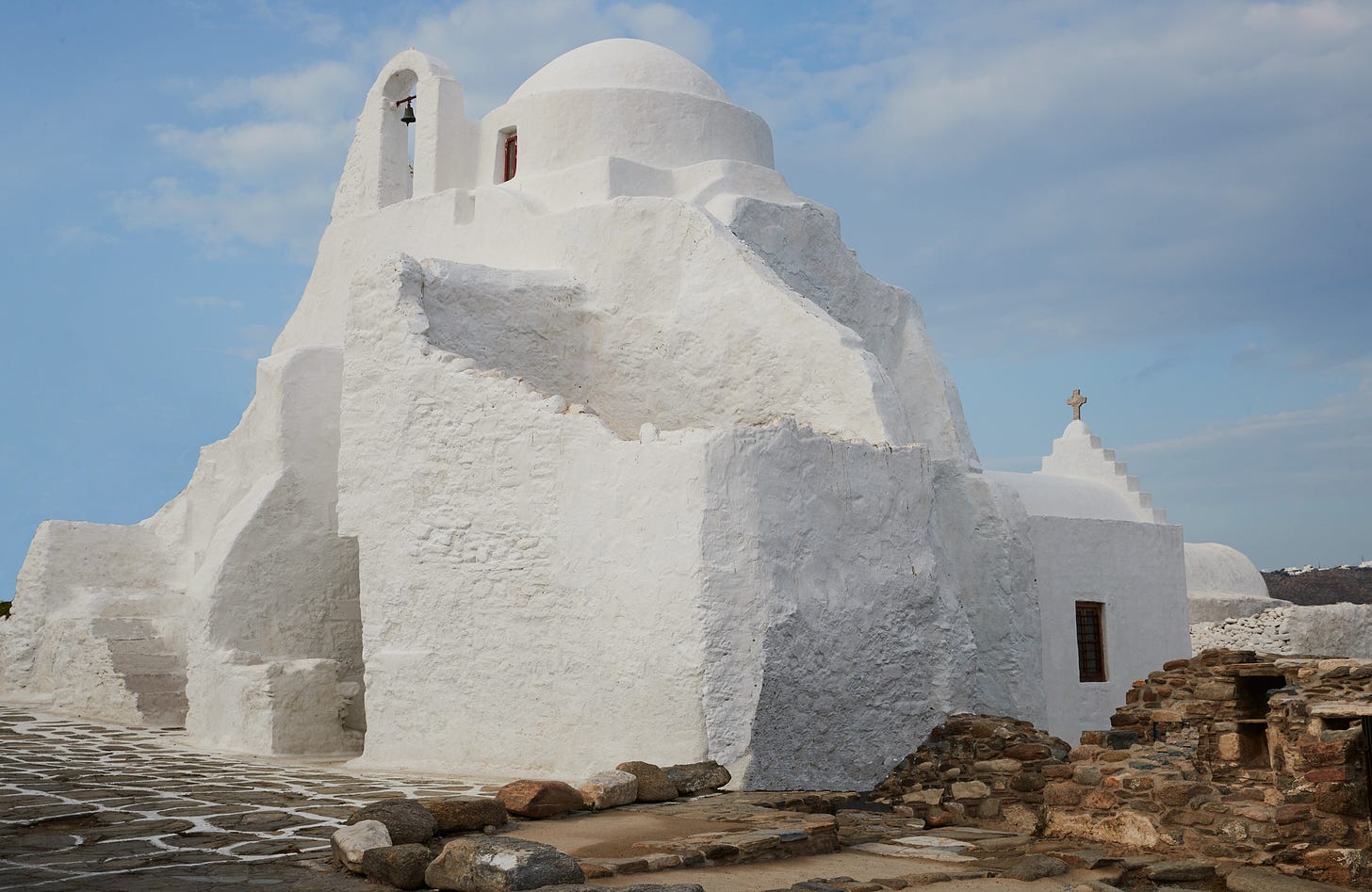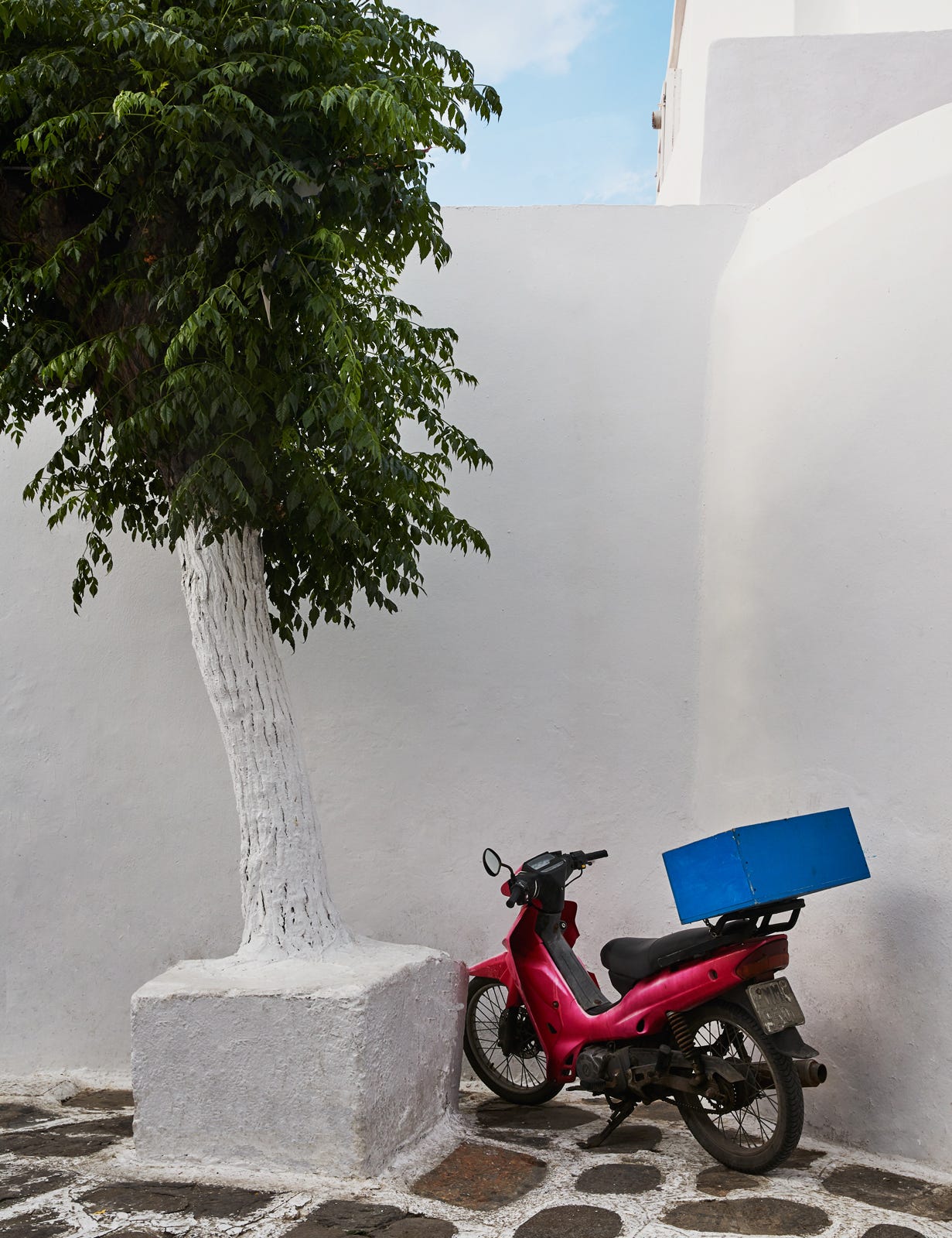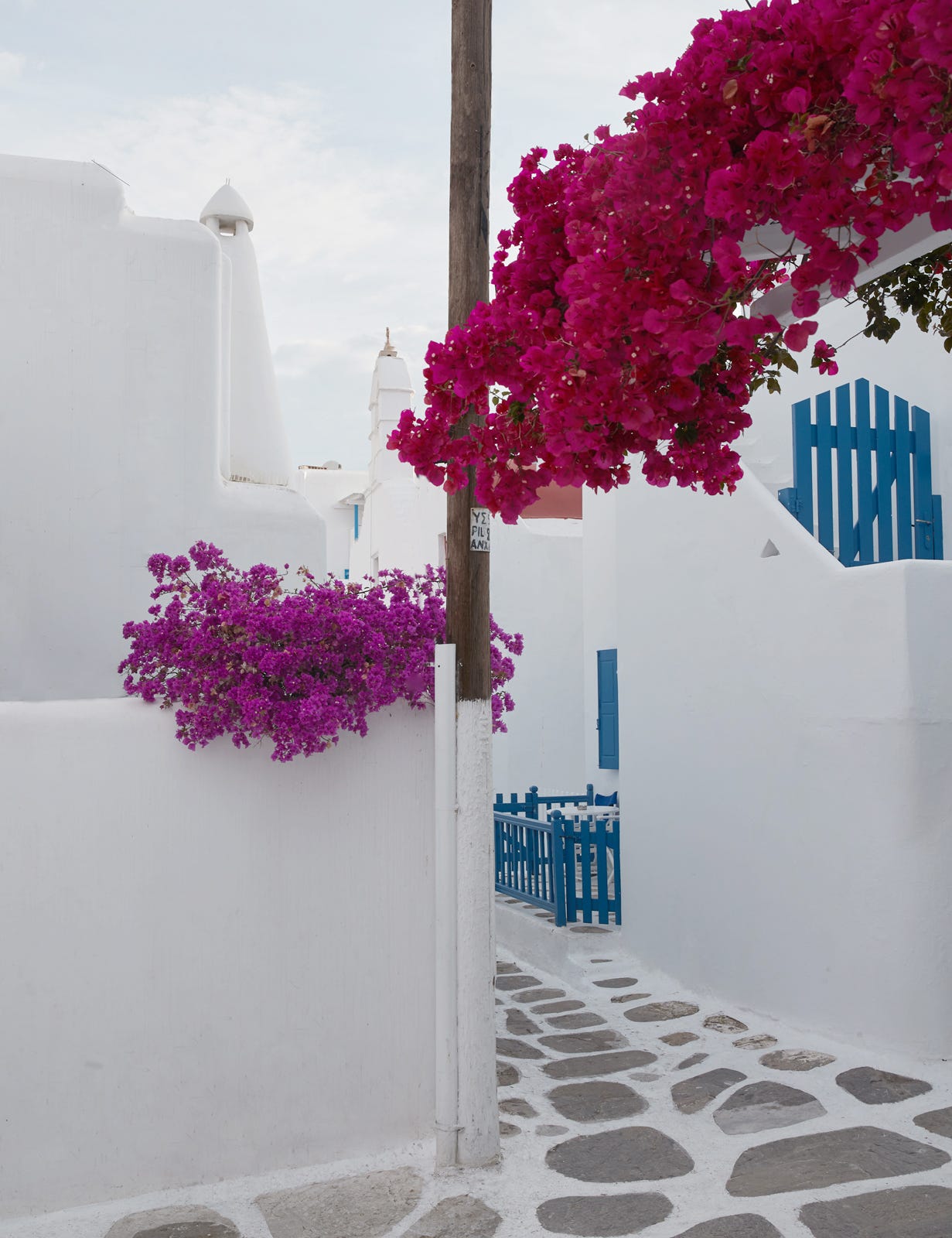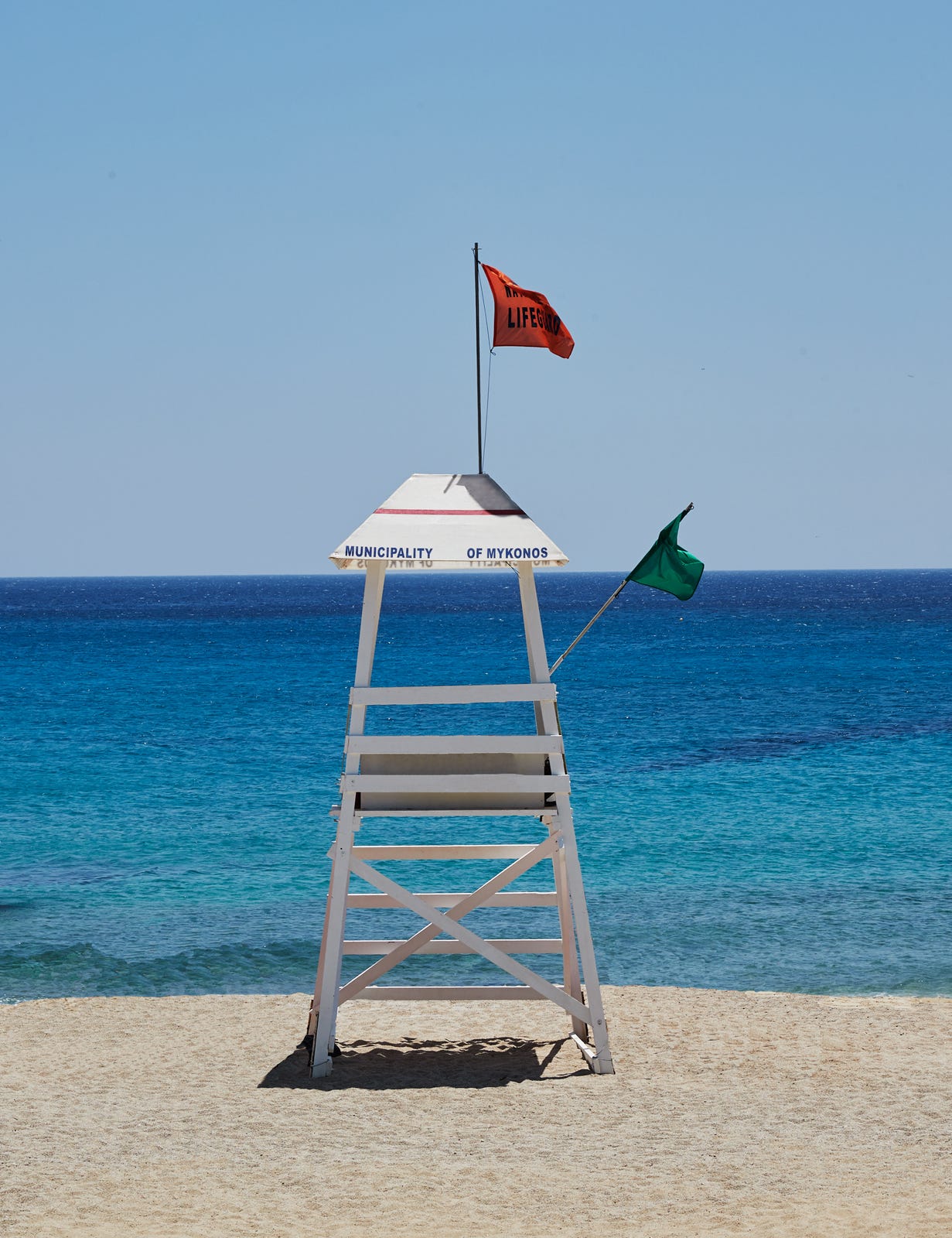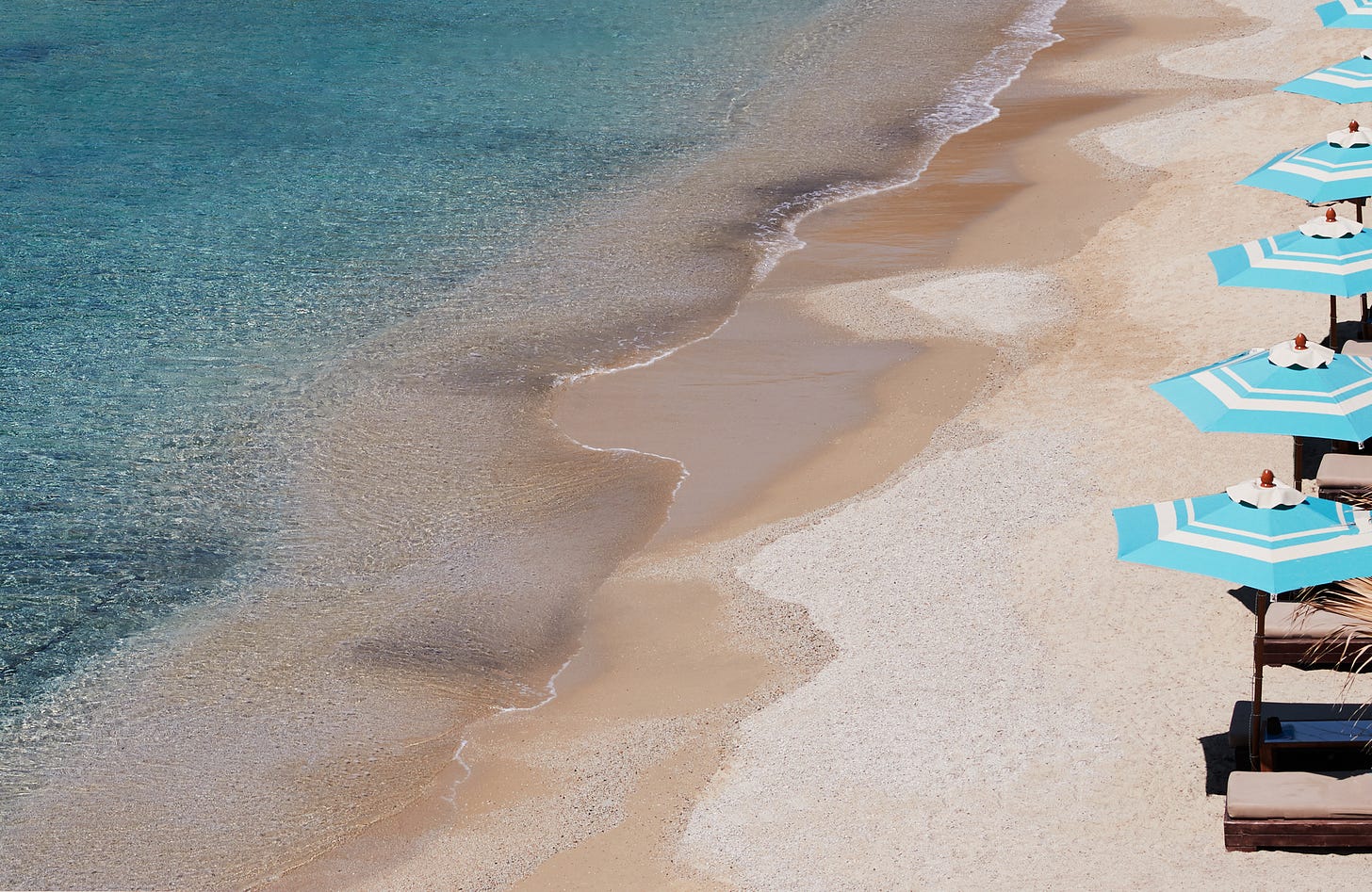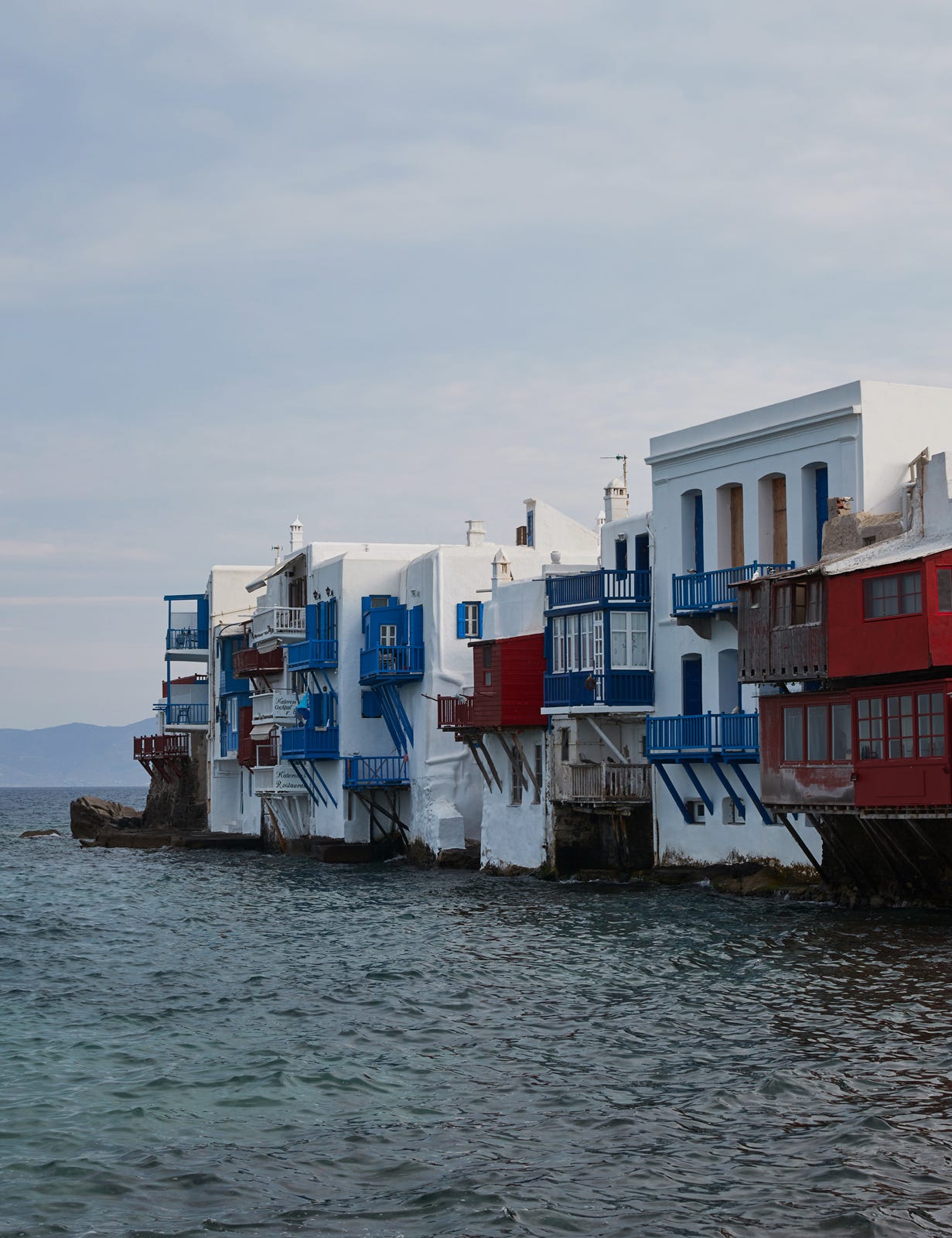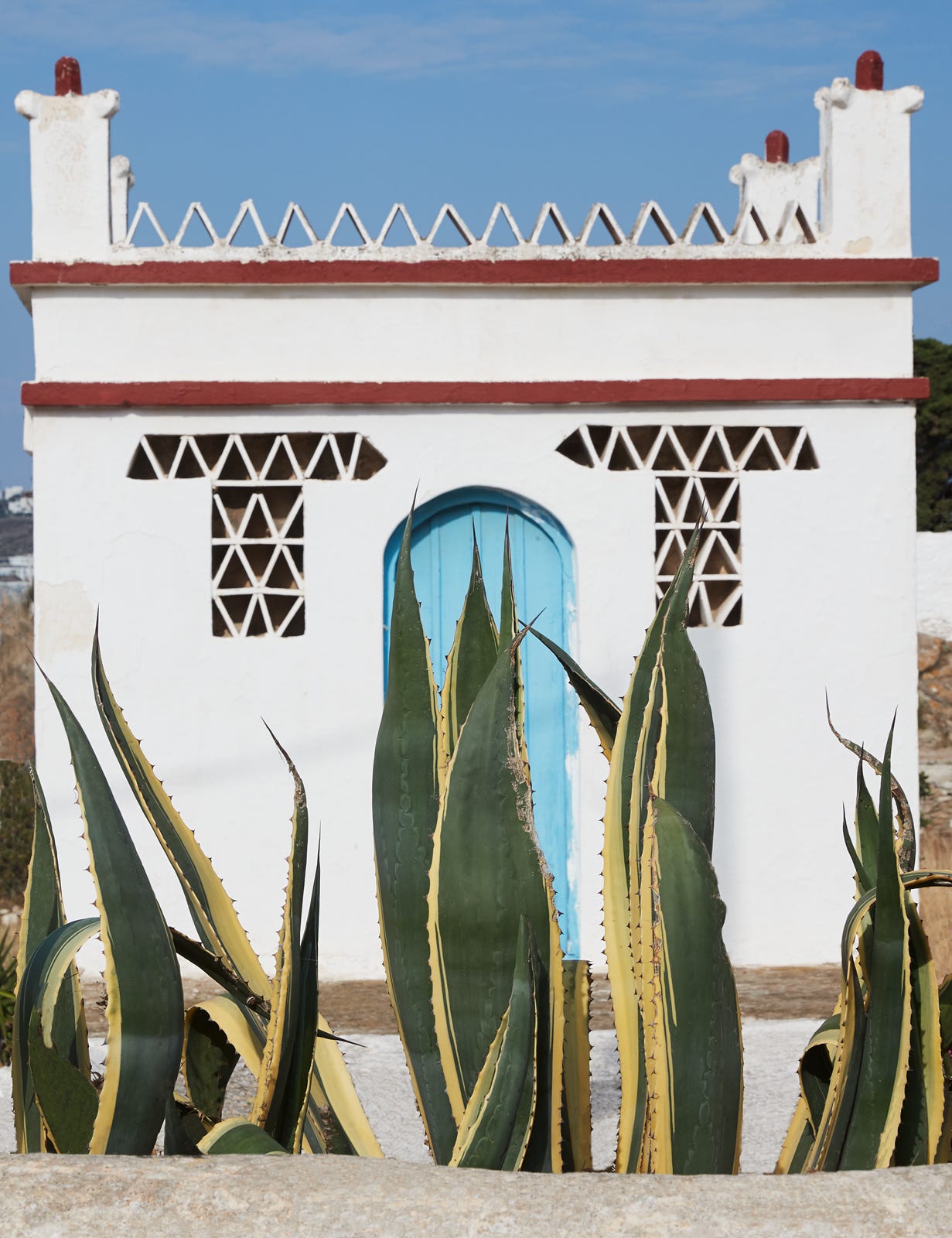Once upon a time, Mykonos was known for its simple architecture, rural landscape, and calm way of living.
It might sound like a paradox today, when it is known for its hedonistic adventures and liberated lifestyle, but in the 1950s, when the billionaires of the world began coming here, what drew them were not the nightclubs, but the lack of a social scene.
Mykonos was a way to escape it all, to be able to unbutton your shirt, take off your shoes, and go swimming in your underwear.
By 1939, when he first set foot on Mykonos, Le Corbusier was already a lauded architect. Here, he discovered the traditional architecture of the families who for generations had been living on this Cycladic island.
“Whatever architecture had to say, it is said here,” he summarised what he found on the island.
For those familiar with his impact on the history of architecture, it’s easy to see the common denominators between his modernist visions and the Mykonos buildings.
Politicians, businessmen, and intellectuals living in Athens began spending their summers in Mykonos in the decade following the Second World War.
They got to know the locals, strolled in the narrow white streets of Chora, and enjoyed the relaxed atmosphere away from the capital. As more people began travelling to the island, its reputation grew.
All aboard were particularly impressed with Mykonos, which led to the foreign press writing about the island for the first time.
A completely different type of guest visited Mykonos a few years later: In 1958, a fisherman brought with him a wounded pelican back to the island.
The bird was soon named Petro (Greek for “grumpy”) and in the years that followed, he became a symbol of the island.
When he died in 1985 (after having been hit by a car), Jackie Kennedy Onassis donated a new pelican to the island, named Irene.
Already one year later, a Hamburg Zoo donated another pelican (named Petros) and a few years later, a wounded pelican found himself in Mykonos, where he has since stayed, cared for by locals.
So today, there are three pelican residents on the island.
The rich and famous paved way for a more liberated lifestyle, and in the 1970s, the island became a haven for many kinds of people seeking to escape the confinement of mainland bourgeoisie.
In particular, the gay community found in Mykonos a place where no one seemed to care, and so Mykonos became a destination not only for the world’s elite, but also for those looking to have a good time and to escape prying eyes.
If you plan on going here, consider also Meltemi, the dry northern wind that blows over the Aegean Sea, mainly in July and August (which coincidentally is the high season of Mykonos).
It is created by the differences in atmospheric pressures between North Africa and the Balkans and speeds up before reaching the Cyclades.
Pack accordingly!
Where to Eat and Drink


